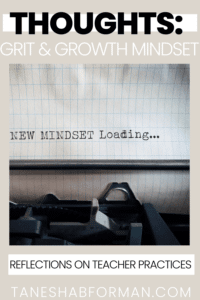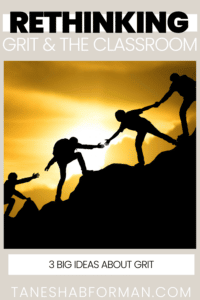

Brown Girl Dreaming Book Review
Part 1 – “i am born,” details Woodson’s birth, paternal, and maternal ancestry. It frames the setting and important people in her life, and how the personal beliefs and choices of her parents shape her upbringing.
Part 2 – This section details life growing up with her grandparents, and her grandfather, who becomes “Daddy.” Readers are treated with a clear understanding of the rules, limits, boundaries, and traditions in the family.
Part 3 – Part three branches out to a new and very different reality in which the narrator trades in the sandy red clay of South Carolina for the “diamond specking” sidewalks of New York. While the transition changes some things, others stay the same.
Part 4 – Jacqueline blossoms as a a writer and starts connecting the stories in her head with paper. Jaqueline’s interest in writing becomes part of her daily life and inner being.
Part 5 – While still young, the book comes full circle as she accepts that her worlds are constantly evolving, and that sum of the changes makes her who she is.
When there are many worlds
I devoured this book in one sitting, and experienced a myriad of emotions as I reflected on my childhood. Woodson’s descriptions were powerful and brought back the smells and tastes of summers spent in Louisville, Georgia with my grandmother and my great grandmother. As a “brown girl” I couldn’t help, but wish that this book was written when I was an adolescent searching for my place in society.
I’d never have believed

Classroom Ideas: I haven’t “taught” with this book, but it will certainly be a part of my class library forever! I am a firm believer that the best way for students to become life long readers is to read. However, a few ideas for teachers looking for activities to do with the book are floating in my head and I want to share.
- Mimic Poem: Students pick a poem written by an established poem to imitate the the style and add elements of their voice. This is something that Woodson does in the poem “learning from langston.”
- Memoir: Students will write a memoir! This book has propelled me to jot down ideas for my own memoir because I’ve realized that events in my life that I’ve written off as unimportant, or ordinary are TRULY because their mine. I want my students to know and feel that too.
- Literary Analysis: Students can respond to series of questions evaluating the time period, titles, and major themes in the text. One of my favorite poems is Nikki-Rosa would make a great pair for this book. More ideas can be found here.
If you’ve read this book, I’d love to hear your thoughts in the comments, and please stop back by as I have a stack of books that I will be reviewing.

PIN FOR LATER!
JOIN THE COLLECTIVE
Sign up and access the FREE resources to support your Anti-Bias/Anti-Racism journey.

Tanesha B. Forman
I'm a current middle school administrator who loves breaking down complex topics and providing opportunities for educators learn, reflect, practice, and implement methods that foster equity and anti-racism. I believe we win together!
Behind the Blog


Hi, I'm Tanesha.
I’m a current middle school administrator who loves breaking down complex topics and providing opportunities for educators learn, reflect, practice, and implement methods that foster equity and anti-racism. I believe we win together!














